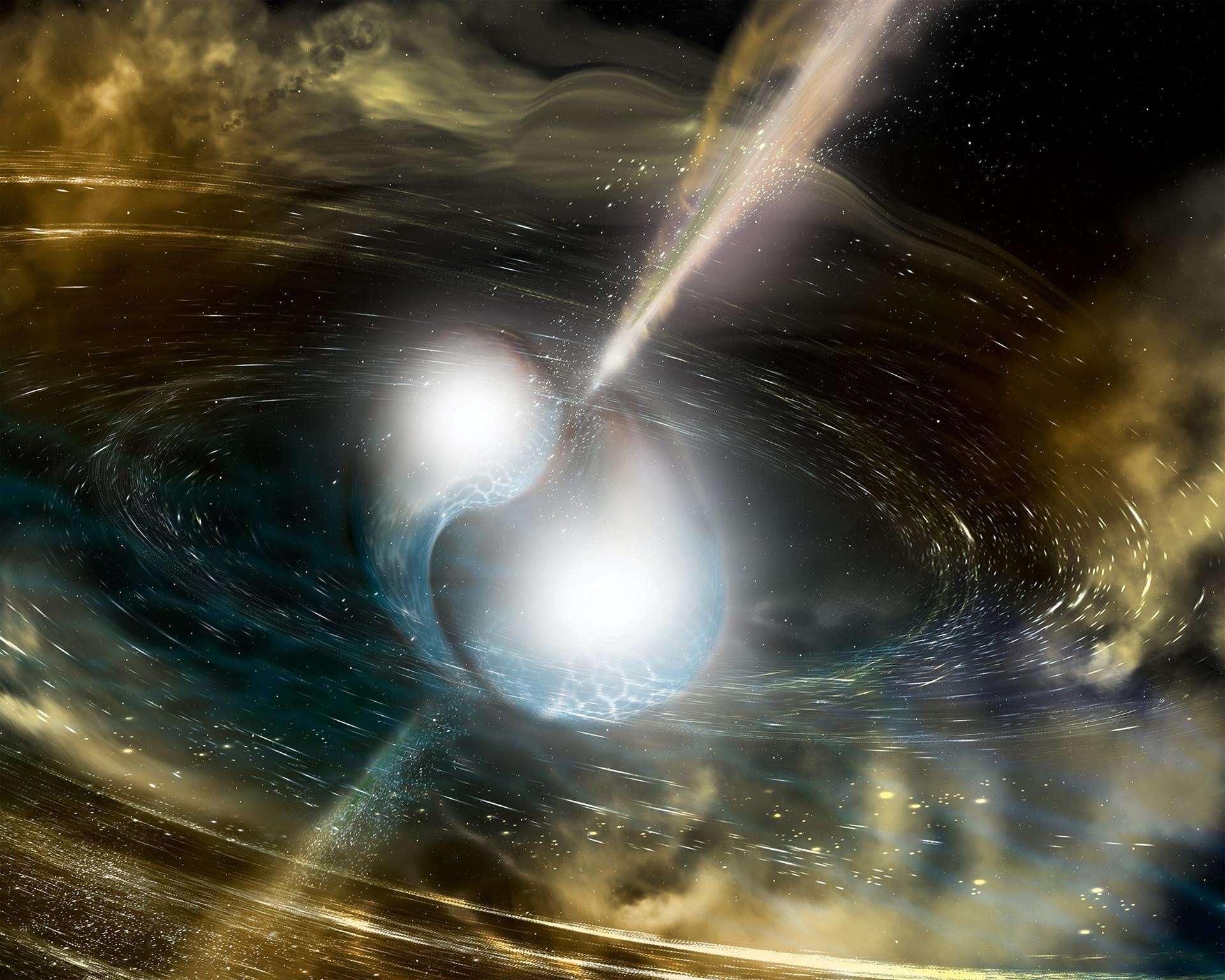Scientists in US observe neutron stars colliding
PARIS - AFP

For the first time, scientists have witnessed the cataclysmic crash of two ultra-dense neutron stars in a galaxy far away, and concluded that such impacts forged at least half the gold in the Universe.
Shockwaves and light flashes from the collision travelled some 130 million light-years to be captured by Earthly detectors on August 17, excited teams revealed at press conferences held around the globe on Oct. 16 as a dozen related science papers were published in top academic journals.
“We witnessed history unfolding in front of our eyes: two neutron stars drawing closer, closer... turning faster and faster around each other, then colliding and scattering debris all over the place,” co-discoverer Benoit Mours of France’s CNRS research institute said.
The groundbreaking observation solved a number of physics riddles and sent ripples of excitement through the scientific community.
Most jaw-dropping for many, the data finally revealed where much of the gold, platinum, uranium, mercury and other heavy elements in the Universe came from.
Telescopes saw evidence of newly-forged material in the fallout, the teams said -- a source long suspected, now confirmed.
“It makes it quite clear that a significant fraction, maybe half, maybe more, of the heavy elements in the Universe are actually produced by this kind of collision,” said physicist Patrick Sutton, a member of the US-based Laser
Interferometer Gravitational-Wave Observatory (LIGO) which contributed to the find. Neutron stars are the condensed, burnt-out cores that remain when massive stars run out of fuel, blow up, and die.
Typically about 20 kilometers in diameter, but with more mass than the Sun, they are highly radioactive and ultra-dense, a handful of material from one weighs as much as Mount Everest.
















